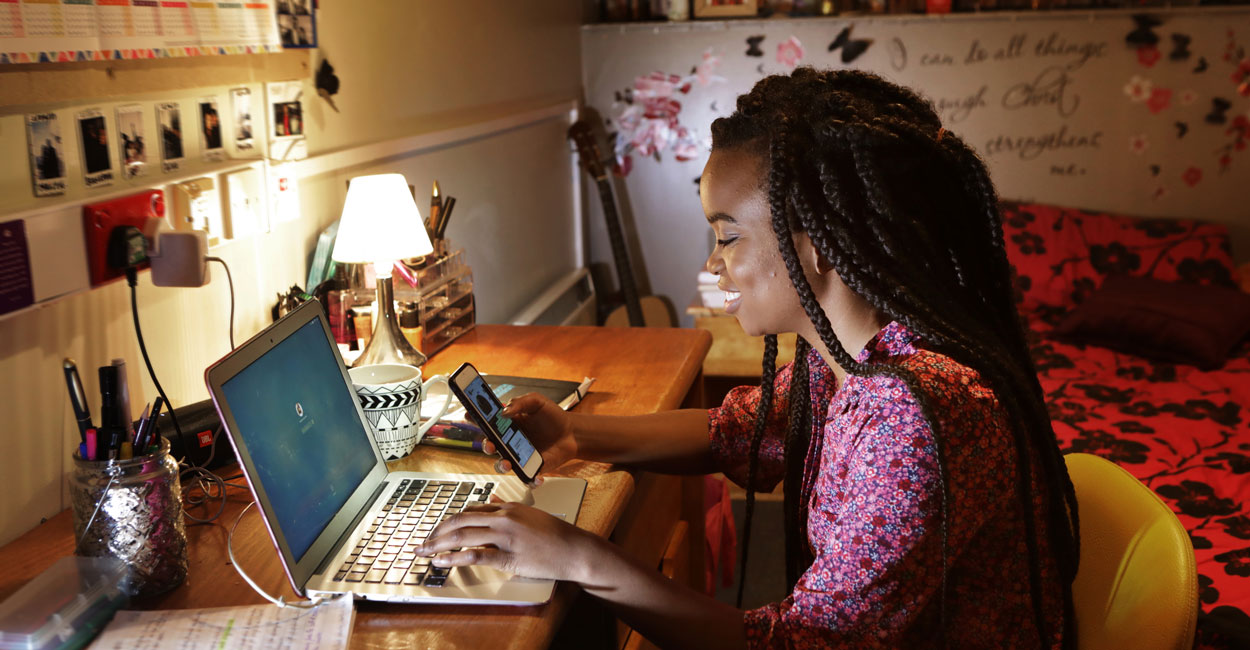Classical Education Rises to the Challenges of COVID-19
COMMENTARY BY Mike Terry
Imagine for a moment the meetings that took place in schools across the country during the first and second week of March.
Word was starting to spread that the new coronavirus sweeping across China was making its way to the West. If it emerged here, too, life was going to be disrupted, and essential gathering places would be impacted.
Schools would be at the top of the list.
For classical schools scattered across the country, the educational experience is rooted in relationships. Together, teachers and students seek to understand the true, the good, and the beautiful.
In these trying times, we must turn to the greatest document in the history of the world to promise freedom and opportunity to its citizens for guidance. Find out more now >>
Classical education has a telos, or ultimate aim, which is to help students become wise, good people, who will take responsibility for their civic and moral duties.
This is a conversation, and as such, we find that it is best done in person.
By the time COVID-19 had reached the U.S., most of us had come to terms with the reality that we would have to set aside our essential experience. Or, at least, it would have to take a different form.
At Founders Classical Academies, a group of ResponsiveEd charter schools in Texas and Arkansas, we determined that even if we could not meet in person, we would not abandon our core purpose.
One of the advantages charters have is that we are new and nimble. New means that we do not rely on legacy systems to deliver and monitor instruction. Our teachers are flexible and accustomed to taking responsibility for the learning that takes place in their classrooms. Nimble means that even when conditions change, we are able to quickly adapt and implement new approaches to instruction.
As the headmasters talked, we decided we would focus on several things: 1) maintaining the bond between school and family; 2) ensuring the students continued some measure of learning, and 3) finding ways to reinforce the sense of community.
To achieve the first, we began to overcommunicate with our families. We emailed, called, and posted to our families. We assured them school would continue. We explained how it would happen.
We assessed their technology access and provided it for them if they did not have it. We set up feeding programs for our at-risk students. We leveraged our student pick-up system to hand off instructional materials. We quickly created log-in accounts and channels for getting support. All was rapidly communicated.
Parents reported back to us that they were overwhelmed by the amount of information we sent them, but once they started digesting it all, they felt confident that school could continue.
Once we had demonstrated to our families that we had a plan and were able to act quickly, we launched our learning initiatives.
Under normal circumstances, we limit the use of technology in our schools. Relationships flourish when people communicate directly, when they can look at one another and assess understanding. But this was not a normal circumstance. To maintain our bonds, we would need to utilize our online tools.
For teachers, that was a seismic shift. For the first time, many of them began using JupiterEd, Google Classroom, video recordings, and ResponsiveEd’s Bright Thinker, a web-based curriculum platform. In-person interaction moved to Google Meets or Zoom.
There was no precedent for this. Not only would it be hard to engage students used to daily presence, but it would be even more difficult to know whether we were successful.
Fortunately, in most cases, students had their books with them. They were able to continue reading and writing.
Teachers are figuring out how to best answer their students’ questions during virtual tutoring sessions. Art teachers offer group video sessions to take their students on virtual tours of museums. Students read to each other online.
As we dealt with the communication needs and the instructional program, we also kept our eye on the sense of community. Much of that was done by offering creative ways to bring people together.
Teachers have implemented virtual recess times for children to interact casually. Older students have recorded online read-alongs for younger students. Administrators have hosted Facebook Live sessions to hear from parents and regular notes from school leaders.
None of it is ideal. We miss seeing one another. The relationships are important. But classical education has stood the test of time, and so will we.



